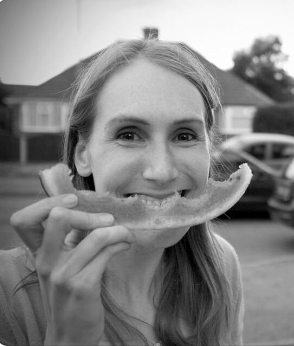Metals
Metallic Bonding
- Metals are examples of giant structures
- Within the giant metal structure, the atoms lose their outer shell (valence) electrons and become positively charged metal ions
- The outer shell electrons no longer belong to any specific metal atom and are said to be delocalised
- This means they can move freely between the positive metal ions and act like a sea of "delocalised electrons”
- It is these delocalised electrons that allow metals to conduct electricity
- The structure is made up of metal ions arranged in a regular pattern, with strong electrostatic attractions between the positive metal ions and the negative sea of delocalised electrons
- The individual metal atoms are held together by these strong metallic bonds forming a lattice structure,
- This exists in all metals and metal alloys, which are mixtures of metals

Diagram showing metallic lattice structure with delocalised electrons
Diagram showing metallic lattice structure with delocalised electrons
Examiner Tip
Make sure you label the delocalised electrons and the positive metal ions on diagrams.

